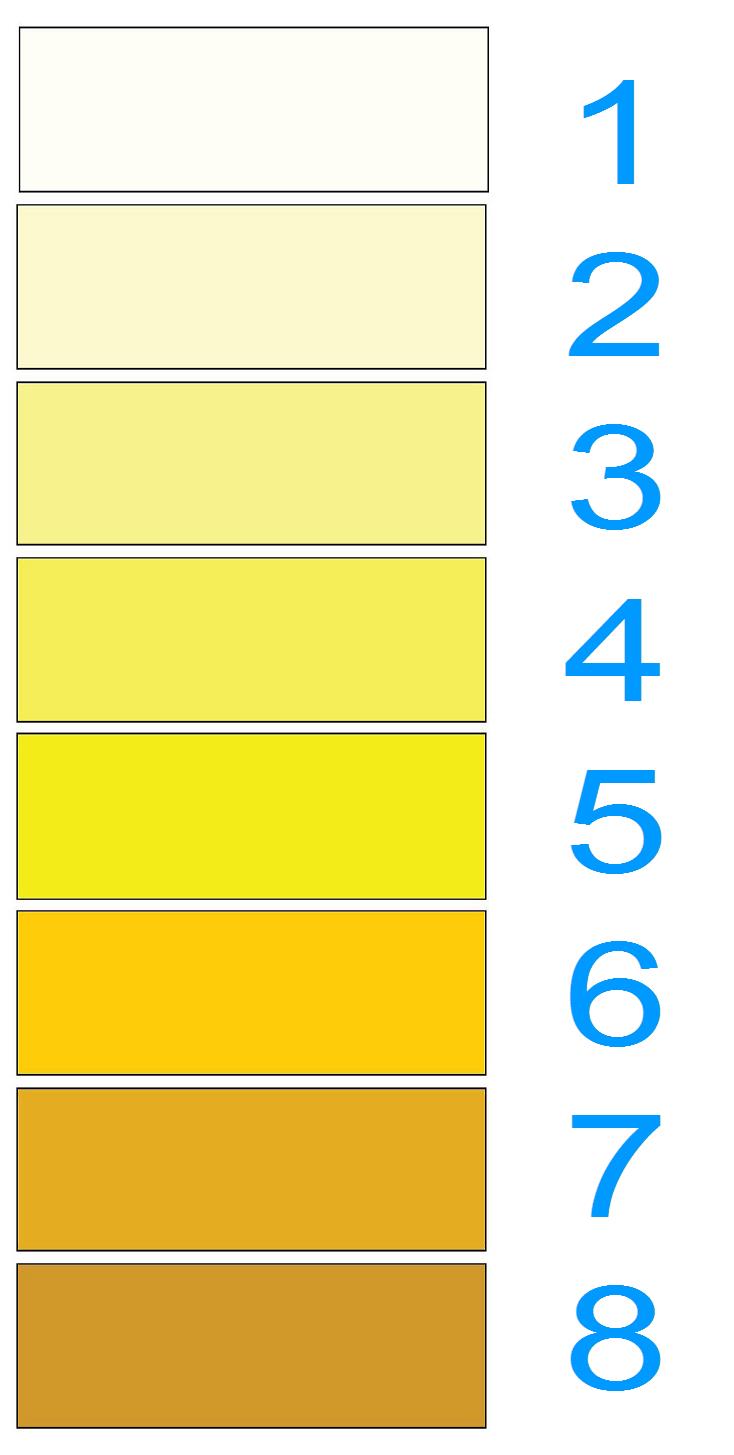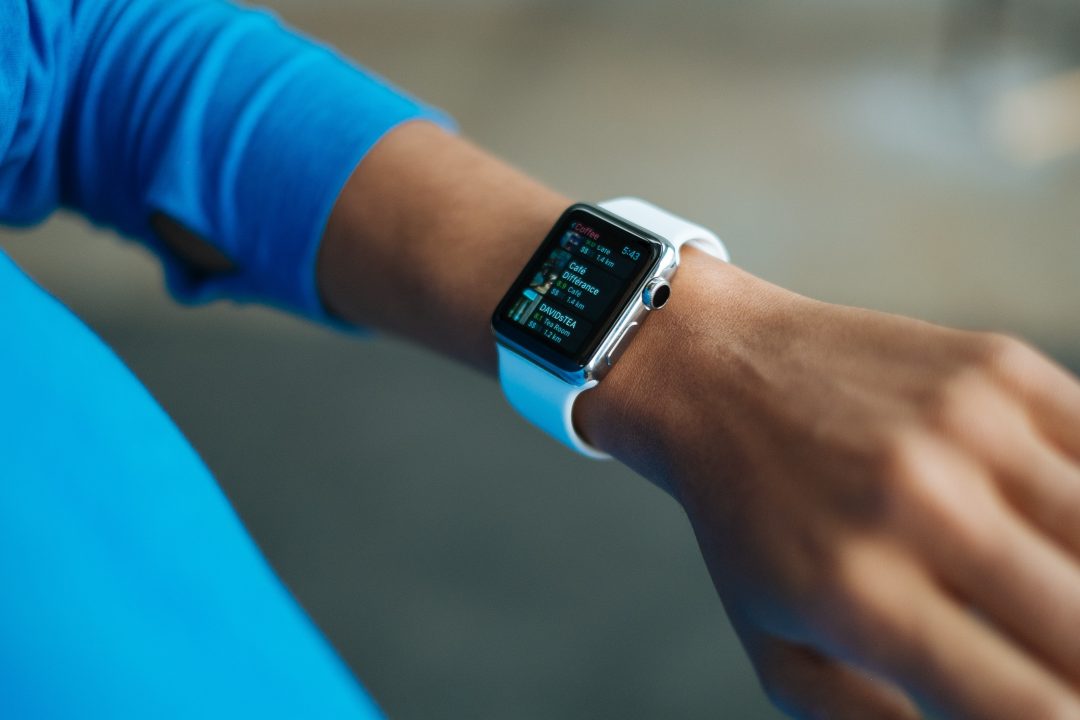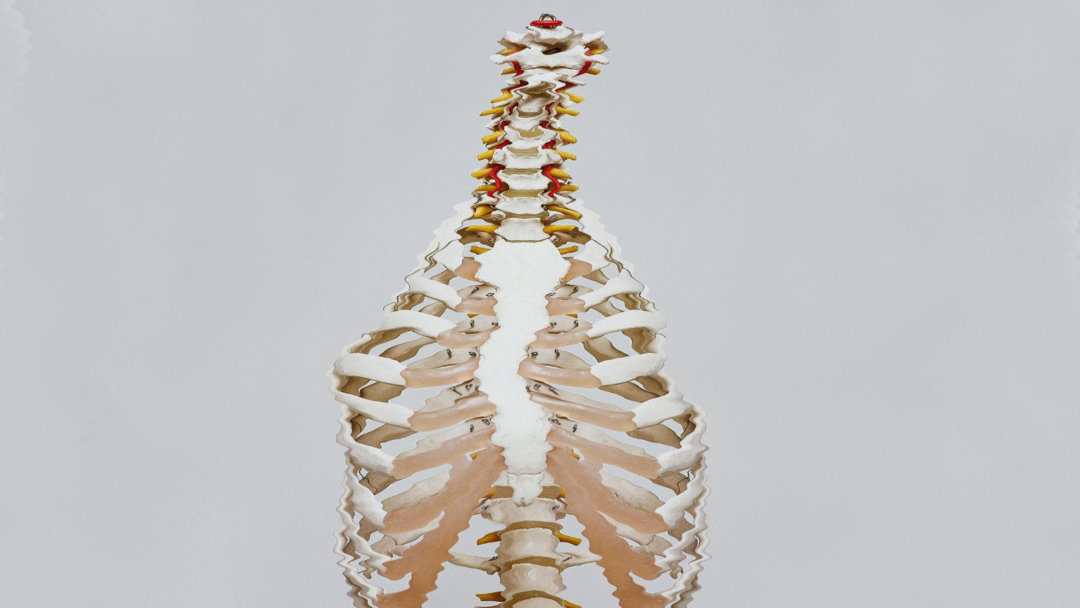What’s so good about water?
Whether it is about coping with the heat on a hot summer day, keeping yourself hydrated during class or going through a water fast. It seems like drinking water is linked to performance and health.
But why is drinking water good for you? How much should humans drink to be healthy? How often, and why drink water at all, are some questions worth considering.
The human body consists of about 60% water [1]. Some organs like the kidneys have a higher water content of 79% than other parts of the body, like the skeleton that has a 31% water composition [1]. Wherever you look there is some water to be found, as its function in the body ranges from being a dilutant to thirst quencher and is needed in biochemical processes like hormone production. Even the air we breathe out contains more water than what we breathe in.
Water is basically what makes the human body possible in the first place, and that is a pretty good and basic answer to why we should drink water in the first place. Too little of it in the body could lead to muscle cramps, headaches, and even death. Too much of it can lead to conditions like Hyponatremia, where basically you had too much water in a relatively short time span [2]. Also called water intoxication, is a condition where the level of sodium drops too low by means of excretion and dilution from water drinking [3].
So exactly how much should we drink?
Let’s consider an extreme to answer that. According to the article Survival time without food and drink, a human can survive between 8 to 21 days without water and will die from dehydration eventually [4]. The wide day range may depend on factors such as environmental conditions, activities, health, diet, age and body weight. So basically we should drink water at least before we start to faint from abstaining from it or to prevent other dehydration symptoms like constipation, lack of concentration, thirst, lethargy, nausea, headache, and low blood pressure.
”regularity is preferable to maintain effectivity”
To put this in numbers, if one relates to how much is recommended to drink during a water fast, this would more or less give us a minimum number of how much is needed on a daily basis. But finding scientifically supported claims for this is not easy, so one has to turn to anecdotal statements and guidelines from health professionals. And there seems to be a wide range of numbers and opinions ranging from 2 liters up to 5 liters spread out during a day. Once again it depends on the factors that were mentioned in the previous paragraph and at the same time drinking enough to avoid those symptoms of dehydration.
One thing to keep in mind is that water intake does not only come from drinking water. Water is contained in all forms of food and drinks as well. For instance, fruits and vegetable have a higher water content than let’s say bread and potato chips. Consuming solid foods also requires more water for breakdown and absorption than drinks do. And let’s not forget about how thirsty those salty snacks make us, so what minerals the food contain will also be a contributing factor to how much we should drink.
But what about sweating from a workout or environmental temperature? These are two very important factors in relation to water consumption that has not been covered here yet. Mostly for the reason to put the notion of thirst and dehydration into a more tangible perspective.
As most of us have experienced hard physical work or higher environmental temperatures like hot summer days or sitting in a sauna. Then we also know that some of the hardships that come with such experiences are alleviated with drinking water. There also seems to be a more frequent water consumption during these times, which might be a sign that regularity is preferable to maintain effectivity, even during lower temperatures and lower activity levels.
So, more or less, what goes for the understanding of how much we humans should drink as a minimum, also comes the insight of how often. Basically to stay safe and pain-free away from symptoms of dehydration.
Now, let’s say that you have figured out your minimum need of daily water intake divided up equally during the day, and you would like to increase that a bit just to be sure you are not to close to the lower mark and risking dehydration. How much can a human consume before reaching problematic levels that can lead to conditions like Hyponatremia?
Once again it all depends on internal and external factors. However, one example of too much is the case of a 22-year old man that fell into a coma after drinking 6 liters of water in 3 hours [5]. Another case regards a 34-year-old woman, who suffered from water intoxication and severe health complications by consuming 3.5 liters of water after a 90-minute hot yoga session [6].
These are extreme cases and the consumption of water that occurred in a relatively short time exceeds the recommended minimum consumption during a 24 hour period by a lot. But looking at the sheer volume and time is surely not the only way to see if one is within the safe volume zone.
”observe your urine”
A way is to visit a doctor and ask for a urine osmolality test. Which tells you more or less your current water balance. The problem is that this test only tells you what the value is for the time you gave your urine sample and not what is going on during the day or throughout a routine week.
So how can we check if we are drinking enough if we do not have frequent access to sophisticated methods or equipment that measure certain physiological parameters for water balance?
One way is to keep track of the number of times you go to the toilet during a day. Even though that number may vary depending on factors such as caffeine consumption or other internal factors, it is a pretty easy way to say if you have been drinking enough that day.
Another way that can be combined with the first one mentioned, is actually to observe your urine. What is meant by that, is to observe the color of your urine in order to determine whether you are drinking the right volume to be safe?
This 8 point chart is a urine color indicator chart that can tell us how well hydrated or how severely dehydrated we are.
The colors 1-3 represent good hydration levels.
Starting from level 4 and up to 8 are different levels of dehydration.

(NHS, 2014)
As this is only a guiding tool and not to be used to make a definite diagnose. One should bear in mind that there are certain nutrients that can alter the color and clarity of your urine. One such nutrient is vitamin B2 (Riboflavin) [7].
Another thing worth taking note of is that level 1 is not completely water clear. As completely water clear urine might be an indication of a water volume consumption that is bigger and more frequent than healthy.
Then, whether it’s coping with the heat on a hot summer day, keeping ourselves hydrated in the classroom or going through a water fast. It seems like drinking water is linked to health and performance. So instead of waiting until we get really thirsty and drink too much, we could start using simple strategies for being on the safe side.
Two simple suggestion like mentioned here is to keep track of the frequency of urination and to check the color of the urine to see if we have been drinking enough during the last hours or so.
Another tip is to have a water bottle that has regular markers for volume division. Fill up that bottle and consume the same amount of water with regular time intervals. Like 0,15 liters during every hour. This would not only ensure regularity in your water intake but together with the 8 point urine color chart, you could also have a tool that would measure if you are drinking enough.
”drinking water is linked to health and performance”
In other words, we need to implement personalized strategies to stay well hydrated within health promoting parameters. What works for you might not work for someone else, however, regularity and volume balancing is something universal for all of us, humans.
On a final note. As this article is missing numbers and research-based facts for numbers regarding the recommended maximum and minimum volume of daily water consumption, it will be updated as reliability can be established. So an apology goes out for not having answered any of the questions with specific numbers, however, the general guideline out there seems to be to drink water regularly to avoid dehydration and to maintain a healthy metabolism.
Reference
[1] – H. H. MITCHELL, T. S. HAMILTON, Ii‘. R. STEGGERDA, AND H. W. BEAN (1945). The chemical composition of the adult human body and its bearing on the biochemistry of growth. Journal of Biological Chemistry, 1945 Vol.168 pp.625-637.
[2] – Joo, M. A., & Kim, E. Y. (2013). Hyponatremia caused by excessive intake of water as a form of child abuse. Annals of pediatric endocrinology & metabolism, 18(2), 95-8.
[3] – Mayo Clinic Staff (2019). Hyponatremia – Symptoms and causes. [online] Mayo Clinic. Available at: https://www.mayoclinic.org/diseases-conditions/hyponatremia/symptoms-causes/syc-20373711 [Accessed 20 Feb. 2019].
[4] – Kottusch, P., Tillmann, M. and Püschel, K. (2009). Survival time without food and drink. Archiv für Kriminologie, 224(5-6), pp.184-191.
[5] – Yamashiro, M., Hasegawa, H., Matsuda, A., Kinoshita, M., Matsumura, O., Isoda, K., & Mitarai, T. (2013). A case of water intoxication with prolonged hyponatremia caused by excessive water drinking and secondary SIADH. Case reports in nephrology and urology, 3(2), 147-52. doi:10.1159/000357667
[6] – Reynolds, C. J., Cleaver, B. J., & Finlay, S. E. (2012). Exercise associated hyponatraemia leading to tonic-clonic seizure. BMJ case reports, 2012, bcr0820114625. doi:10.1136/bcr.08.2012.4625
[7] – Pinto, J. T., & Zempleni, J. (2016). Riboflavin. Advances in nutrition (Bethesda, Md.), 7(5), 973-5. doi:10.3945/an.116.012716
Pictures
rawpixel (n.d.). Dropped water in clear drinking glass. [image – cover photo] Available at: https://unsplash.com/photos/7TBrWPxqRmg [Accessed 20 Feb. 2019].
NHS (2014). 8 point urine colour indicator chart. [image – chart] Available at: https://www.bedfordhospital.nhs.uk/2014/07/17/keeping-hydrated/ [Accessed 20 Feb. 2019].




